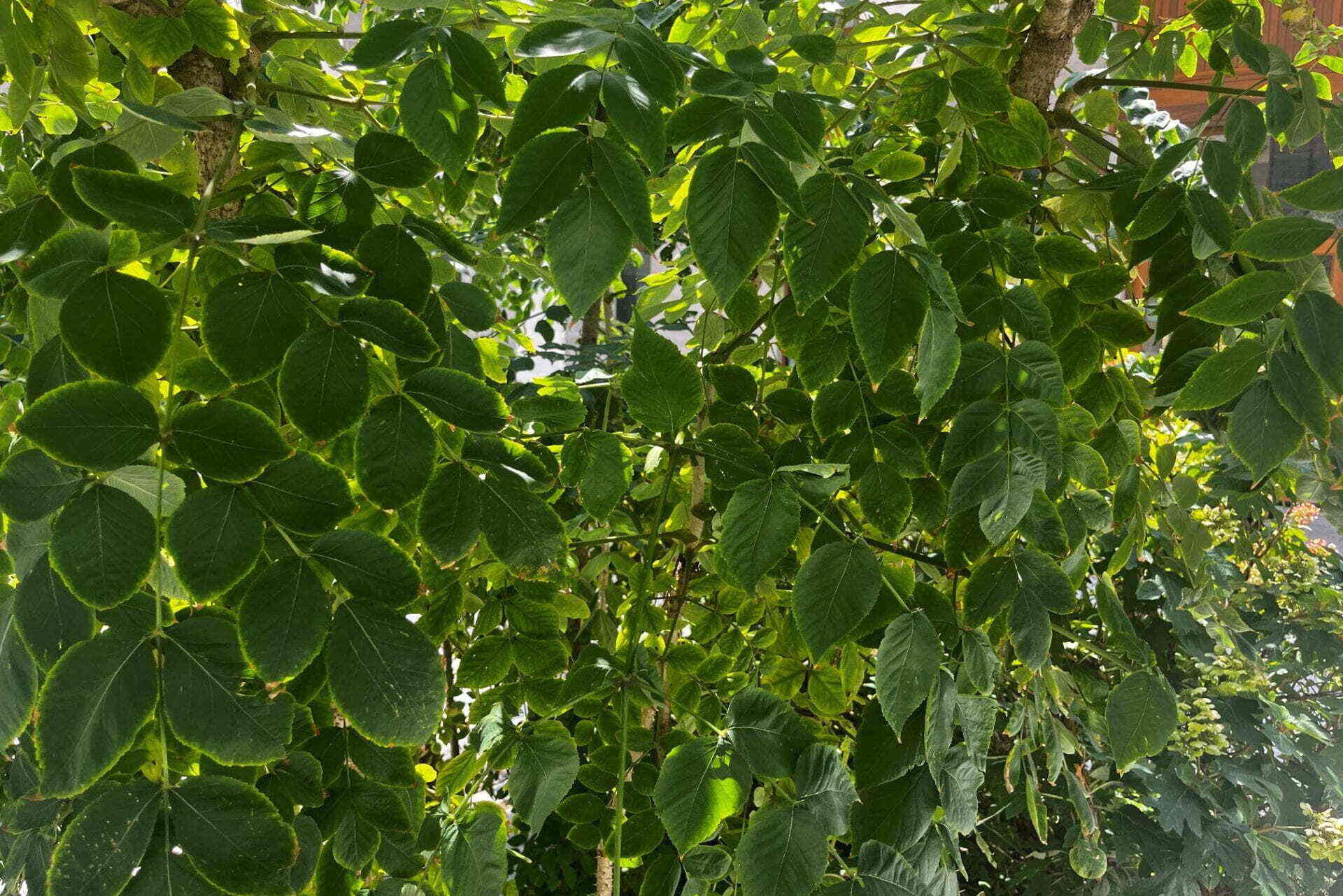
Ever heard of the Devil's walking stick? This intriguing plant, also known as Aralia spinosa, is more than just a spooky name. Native to the eastern United States, it stands out with its spiky stems and large, compound leaves. Why is it called the Devil's walking stick? The name comes from its thorny appearance, which can make it look quite menacing. Despite its intimidating look, this plant plays a vital role in its ecosystem. Birds and insects love its flowers and berries. Is it dangerous to humans? Not really, but those thorns can give a nasty scratch! Want to learn more? Keep reading for 28 fascinating facts about this unique plant.
What is Devil's Walking Stick?
The Devil's Walking Stick, also known as Aralia spinosa, is a fascinating plant native to the eastern United States. This unique species is known for its spiny stems and large, compound leaves. Here are some intriguing facts about this plant.
-
Scientific Name: Aralia spinosa is the scientific name for the Devil's Walking Stick.
-
Common Names: Besides Devil's Walking Stick, it’s also called Hercules' Club and Prickly Ash.
-
Native Range: This plant is native to the eastern United States, from New York to Florida and west to Texas.
-
Spiny Stems: The stems are covered in sharp spines, which give the plant its devilish name.
-
Height: It can grow up to 20 feet tall, making it more of a small tree than a shrub.
Unique Features of Devil's Walking Stick
The Devil's Walking Stick stands out due to its distinctive characteristics. From its leaves to its flowers, each part of this plant has something unique to offer.
-
Large Leaves: The leaves can grow up to 3 feet long and 2 feet wide.
-
Compound Leaves: Each leaf is compound, meaning it’s made up of many smaller leaflets.
-
Flower Clusters: The plant produces large clusters of small white flowers.
-
Bloom Time: These flowers typically bloom in mid to late summer.
-
Fruit: After flowering, the plant produces small, dark purple berries.
Ecological Importance
The Devil's Walking Stick plays a significant role in its ecosystem. It provides food and habitat for various species.
-
Pollinators: The flowers attract a variety of pollinators, including bees and butterflies.
-
Birds: Birds love the berries, which provide a food source in late summer and fall.
-
Deer: Deer often browse on the leaves and young shoots.
-
Habitat: It provides shelter for small animals and insects.
Historical and Cultural Significance
Throughout history, the Devil's Walking Stick has been used for various purposes. Its unique properties have made it valuable in different cultures.
-
Medicinal Uses: Native Americans used it for medicinal purposes, including treating toothaches and skin conditions.
-
Wood: The wood was sometimes used for making walking sticks, hence the name.
-
Folklore: In folklore, it was believed to ward off evil spirits.
Growing and Caring for Devil's Walking Stick
If you’re interested in growing this plant, there are a few things you should know. It’s not the easiest plant to care for, but with the right conditions, it can thrive.
-
Soil: It prefers well-drained, fertile soil.
-
Sunlight: Full sun to partial shade is ideal for this plant.
-
Watering: It needs regular watering, especially during dry periods.
-
Pruning: Pruning can help manage its size and shape.
-
Propagation: It can be propagated by seeds or root cuttings.
Potential Issues
Like any plant, the Devil's Walking Stick can face some challenges. Being aware of these can help you keep your plant healthy.
-
Pests: It can be affected by pests like aphids and spider mites.
-
Diseases: Fungal diseases can sometimes be a problem.
-
Invasiveness: In some areas, it can become invasive if not managed properly.
Interesting Tidbits
Here are a few more fun facts about the Devil's Walking Stick that you might find interesting.
-
Fall Color: The leaves turn a beautiful yellow in the fall.
-
Longevity: It’s a relatively short-lived plant, usually living around 30 years.
-
Unique Appearance: Its spiny stems and large leaves give it a prehistoric look, making it a unique addition to any garden.
Final Thoughts on Devil's Walking Stick
Devil's walking stick, also known as Aralia spinosa, is a fascinating plant with a rich history and unique characteristics. Its spiny stems and large leaves make it stand out in any landscape. Despite its intimidating appearance, this plant plays a crucial role in its ecosystem, providing food and shelter for various wildlife. It's also been used in traditional medicine for its anti-inflammatory and antimicrobial properties. However, it's important to handle it with care due to its sharp thorns and potential toxicity. Whether you're a botany enthusiast or just curious about unique plants, Devil's walking stick offers plenty to explore. Remember to respect its space and appreciate the biodiversity it supports. Happy exploring!
Was this page helpful?
Our commitment to delivering trustworthy and engaging content is at the heart of what we do. Each fact on our site is contributed by real users like you, bringing a wealth of diverse insights and information. To ensure the highest standards of accuracy and reliability, our dedicated editors meticulously review each submission. This process guarantees that the facts we share are not only fascinating but also credible. Trust in our commitment to quality and authenticity as you explore and learn with us.
